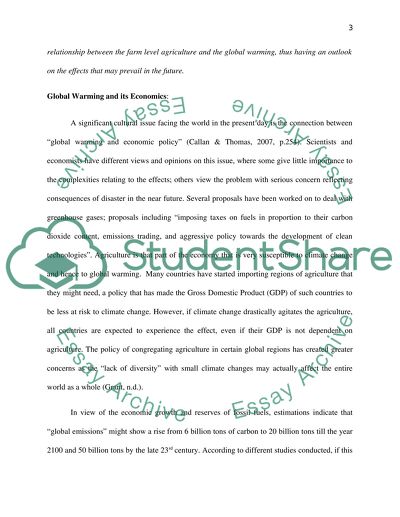Cite this document
(“Inter-relationship between Farm Level Agriculture and Global Warming Research Paper”, n.d.)
Retrieved de https://studentshare.org/agriculture/1390688-inter-relationship-between-farm-level-agriculture-and-global-warming
Retrieved de https://studentshare.org/agriculture/1390688-inter-relationship-between-farm-level-agriculture-and-global-warming
(Inter-Relationship Between Farm Level Agriculture and Global Warming Research Paper)
https://studentshare.org/agriculture/1390688-inter-relationship-between-farm-level-agriculture-and-global-warming.
https://studentshare.org/agriculture/1390688-inter-relationship-between-farm-level-agriculture-and-global-warming.
“Inter-Relationship Between Farm Level Agriculture and Global Warming Research Paper”, n.d. https://studentshare.org/agriculture/1390688-inter-relationship-between-farm-level-agriculture-and-global-warming.


